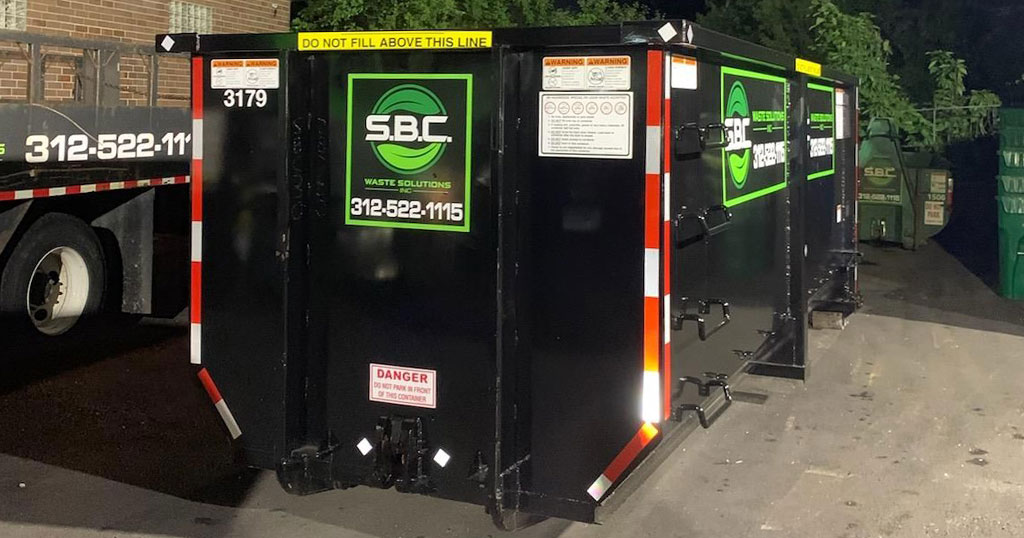Storage is a common term that is simple to comprehend, but cargo handling, which includes loading and unloading at a warehouse or logistics centre, transportation, warehousing management, sorting, and assortment, can be more challenging to picture. Given that they account for a sizable portion of logistics expenses, we require a thorough understanding of these functions. To fill the temporary gap and steadily supply goods to the market, storage is required. The act of storing goods in warehouses and logistics facilities is known as storage. Its function is to keep the market supplied with products on a consistent basis to bridge the temporal gap between producers and consumers. It is crucial for maintaining value and quality in warehouses and logistics hubs.
The term “cargo handling” refers to all of the tasks performed in warehouses and logistics facilities, including loading and unloading, transporting, storing, picking, and sorting. Assortment, stacking/taking inventory, transportation, storage (allocation), sorting, and picking are the six main tasks in cargo handling. Almacén logístico tasks have a significant impact on logistics productivity and quality.
An essential component of logistics is cargo handling, and losses in this area directly raise the cost of logistics. There are numerous tasks involved in cargo handling, so we will now go into detail about the most frequent ones.
The Receiving Inspection: What Is It?
Typically, retailers buy the goods they intend to sell and then resell them to consumers. The necessary components and raw materials are bought, shipped as products, and used in manufacturing. Every day, cargo is also accepted, examined, stored, and transported to markets in logistics.
- Received is the cargo.
- The received cargo is examined.
- Warehouses hold goods.
- Storage, distribution handling, and packaging of the goods are all done.
First, the products, quantities, and quality of the received cargo are inspected and checked against the receiving cargo list. If there are no issues with the received cargo, the goods are placed in the warehouse following the inspection, which may also include an acceptance inspection. The goods are then stored and any necessary distribution processing and packaging is done. If the volume is low, warehousing and inspection data management can be recorded on paper in a ledger, but in most warehouses and logistics facilities that receive a lot of cargo, this is done using handheld computers. On the basis of the information gathered using a handheld computer when the cargo was received and inspected, inventory management can be carried out on cargo from storage to shipping.













